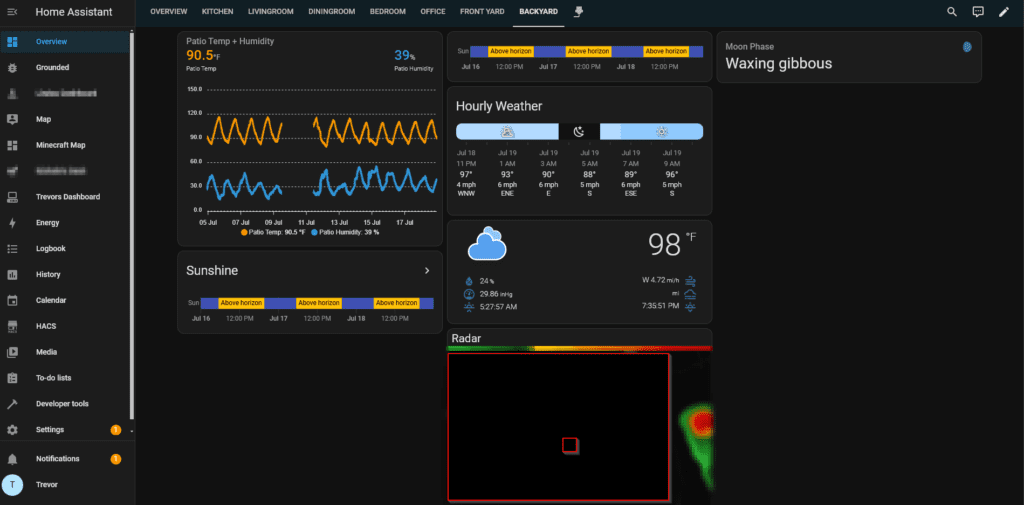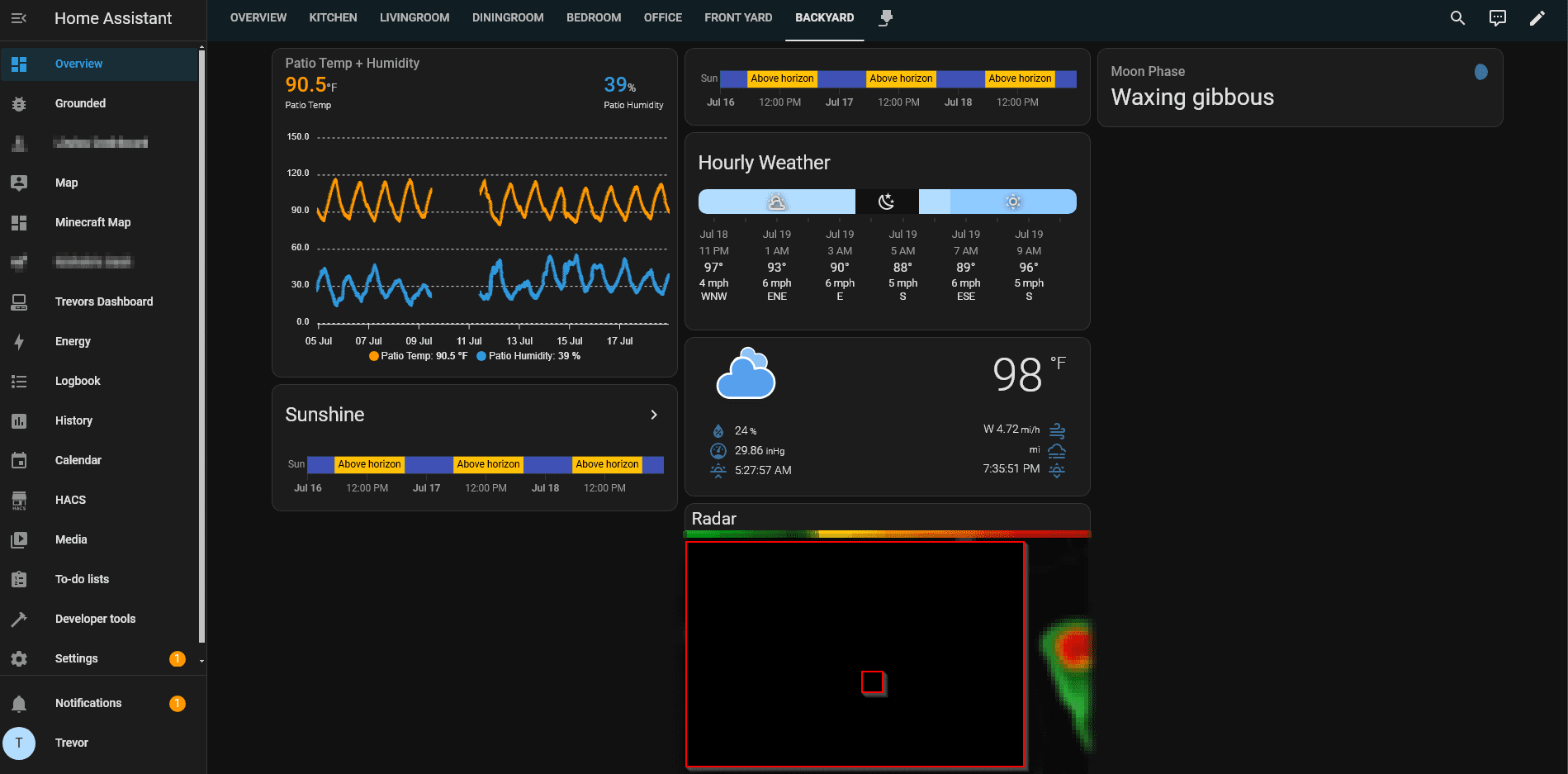When we talk about smart homes, most people think of Amazon Alexa, Google Home, or Apple HomeKit. These big players offer seamless integrations, but they often come with limitations—subscriptions, privacy concerns, and the need for internet access to work properly.
If you’ve ever felt frustrated by those restrictions, there’s good news: Home Assistant offers a powerful alternative. This open-source platform gives you the freedom to build the smart home of your dreams—your way.
What is Home Assistant?
Home Assistant is an open-source smart home platform that allows you to integrate, control, and automate all your connected devices from a single dashboard. But what really sets it apart from the competition is that it’s fully local. Instead of relying on the cloud, everything runs on your own hardware—whether that’s a Raspberry Pi, a mini PC, or even a virtual machine on your NAS (Network Attached Storage).
Think of it as the Lego set for smart home enthusiasts: it’s flexible, modular, and endlessly customizable. Whether you’re a beginner or a tech-savvy tinkerer, Home Assistant gives you complete control over your devices, workflows, and data.

A Screenshot of my dashboard.
Why Choose Home Assistant?
1. Privacy and Local Control
Big-name ecosystems like Alexa and Google collect data from your smart home devices to improve services—but that can be a concern for privacy-conscious users. Home Assistant runs locally, meaning your data never leaves your home unless you choose to share it. Even if the internet goes down, your smart home continues to work without disruption.
2. No Monthly Fees or Subscription Lock-ins
Many cloud-based services charge subscription fees for advanced features (e.g., cloud storage or multi-user support). With Home Assistant, there are no hidden costs—it’s entirely free to use. The open-source nature also means there’s no risk of services being discontinued unexpectedly.
3. Works with (Almost) Everything
One of the most compelling reasons to switch to Home Assistant is its compatibility. While Apple, Google, and Amazon push you toward their own ecosystems, Home Assistant is platform-agnostic. It can connect to thousands of devices from different manufacturers—whether it’s Philips Hue, Nest thermostats, smart locks, or obscure IoT gadgets from Kickstarter.
Thanks to integrations like Zigbee, Z-Wave, and Matter, it’s easy to connect older or more niche devices that wouldn’t typically work in the same ecosystem.
4. Customization and Automation Beyond Limits
With Alexa or Google Home, you’re often limited to pre-set automations like “Turn on the lights at sunset.” Home Assistant takes automations to the next level. Want your thermostat to adjust based on the weather forecast? Or have the lights blink if your front door is left unlocked for too long? With Home Assistant’s powerful automation engine, you can create workflows as complex or as simple as you like.
You can even build custom dashboards tailored to your preferences, with widgets that show everything from energy consumption to doorbell notifications.
5. A Thriving Community
Home Assistant is constantly evolving, thanks to its active community of developers. New integrations, features, and updates are released frequently, ensuring that the platform stays relevant and secure. The Home Assistant forums, Discord servers, and GitHub repositories are packed with resources to help you solve problems or discover new ideas for automating your home.
How Do You Get Started with Home Assistant?
Getting started with Home Assistant is easier than you think. All you need is a Raspberry Pi (or any other compatible hardware), a microSD card, and a bit of patience. Simply download the Home Assistant image, flash it to your SD card, and follow the setup instructions on the Home Assistant website. Within minutes, you’ll have access to a powerful smart home hub running locally on your network.
From there, you can start adding devices and automations. Whether you want to monitor your energy usage, set up a DIY security system, or automate morning routines, Home Assistant can do it all.
The Verdict: Is Home Assistant Right for You?
Home Assistant might not have the flashy branding of Alexa or Apple, but what it offers is freedom, privacy, and control. If you’re tired of being locked into a specific ecosystem—or if you just want to experiment with advanced automations—Home Assistant is an excellent choice.
While it may have a steeper learning curve than plug-and-play solutions, the rewards are well worth it. Whether you’re building a smart home from scratch or upgrading your existing setup, Home Assistant provides the tools and flexibility to make your home smarter, more efficient, and more secure.
